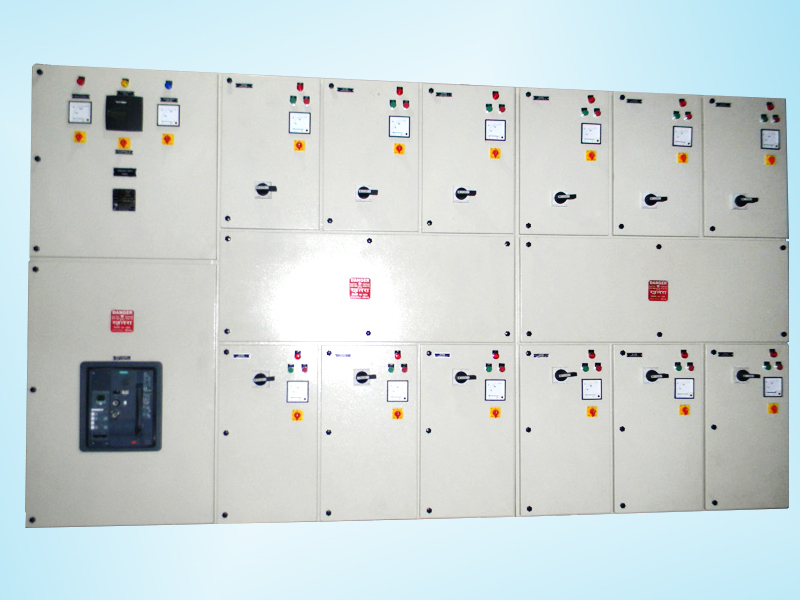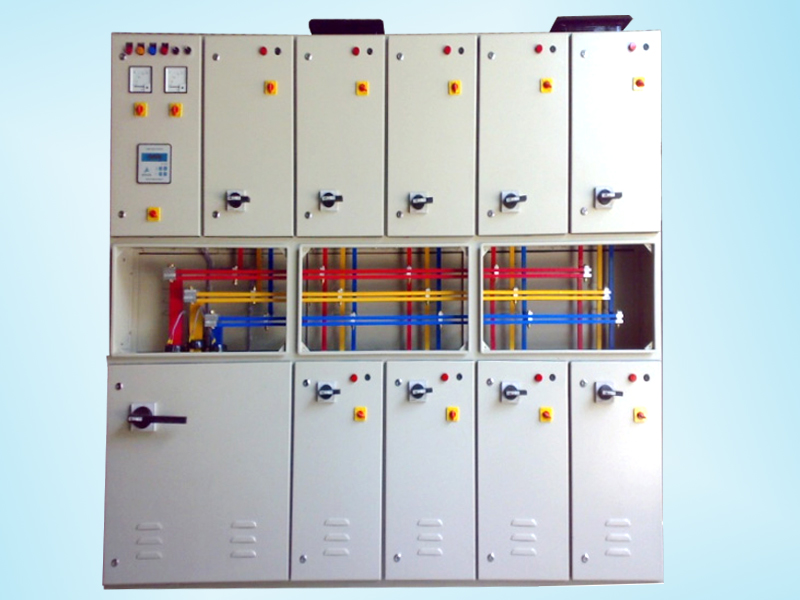Company Information
Ask for more detail from the seller
Contact SupplierA power distribution control panel, often referred to simply as a distribution panel or distribution board, is a critical component in electrical systems that plays a pivotal role in safely and efficiently delivering electrical power to various devices and circuits within a building, industrial facility, or any application requiring electricity.
This sophisticated and vital component serves as a central hub, ensuring that electricity is distributed with precision and safety.
Key Components and Structure:
A typical power distribution control panel consists of several key components and is designed with safety and functionality in mind. Here are the primary components:
Main Disconnect: This is the primary circuit breaker or switch that allows for the complete disconnection of power to the entire panel. It serves as the first line of defense in case of emergencies, repairs, or maintenance.
Circuit Breakers: These are the heart of the panel and are used to control and protect individual circuits. They are designed to interrupt the flow of electricity in case of an overload or short circuit, preventing electrical fires and damage to connected devices.
Busbars: These are heavy-duty metal bars that serve as the main conductors, distributing electricity from the main disconnect to the circuit breakers and onward to various circuits. Busbars come in various configurations, including single-phase, three-phase, and neutral bars.
Circuit Labels: Proper labeling of circuits is crucial for safety and maintenance. Each circuit breaker is usually labeled with its corresponding load or area of operation.
Surge Protection: Many modern distribution panels include surge protection devices to safeguard connected equipment from voltage spikes and surges that can result from lightning or other external factors.
Grounding System: Grounding is essential for safety. The panel is connected to a grounding system to direct excess current safely into the ground, reducing the risk of electrical shocks and fires.
Enclosure: The entire assembly is enclosed within a rugged, typically metallic housing. The enclosure provides protection against environmental factors and unauthorized access.
Functions and Applications:
Power distribution control panels serve several crucial functions in electrical systems, making them indispensable in various applications:
Electrical Distribution: The primary role is to distribute electrical power to different circuits, ensuring that each one receives the appropriate voltage and current.
Circuit Protection: By incorporating circuit breakers, the panel safeguards electrical circuits and connected devices from overloads and short circuits.
Load Management: Panels allow for efficient allocation of power to different loads or appliances. They enable prioritization and controlled shutdowns when necessary.
Troubleshooting and Maintenance: Control panels provide a centralized location for isolating and disconnecting specific circuits, facilitating troubleshooting and maintenance tasks.
Safety: Safety is paramount, and distribution panels play a critical role in electrical safety by housing circuit breakers and disconnects for quick de-energization in emergencies.
Distribution panels are used in a wide range of applications, including residential, commercial, industrial, and institutional settings. They can be customized to suit the specific needs of the electrical system they serve, whether it's a small residential panel or a massive industrial distribution board.
Advanced Features and Automation:
Recent advancements in technology have introduced automation and remote monitoring features to distribution panels. These innovations enable real-time monitoring of power consumption, remote control of circuits, and the ability to quickly respond to electrical issues, improving overall efficiency and safety.



